Bulbs
Flower Basics
Flower Beds & Specialty Gardens
Flower Garden
Garden Furniture
Garden Gnomes
Garden Seeds
Garden Sheds
Garden Statues
Garden Tools & Supplies
Gardening Basics
Green & Organic
Groundcovers & Vines
Growing Annuals
Growing Basil
Growing Beans
Growing Berries
Growing Blueberries
Growing Cactus
Growing Corn
Growing Cotton
Growing Edibles
Growing Flowers
Growing Garlic
Growing Grapes
Growing Grass
Growing Herbs
Growing Jasmine
Growing Mint
Growing Mushrooms
Orchids
Growing Peanuts
Growing Perennials
Growing Plants
Growing Rosemary
Growing Roses
Growing Strawberries
Growing Sunflowers
Growing Thyme
Growing Tomatoes
Growing Tulips
Growing Vegetables
Herb Basics
Herb Garden
Indoor Growing
Landscaping Basics
Landscaping Patios
Landscaping Plants
Landscaping Shrubs
Landscaping Trees
Landscaping Walks & Pathways
Lawn Basics
Lawn Maintenance
Lawn Mowers
Lawn Ornaments
Lawn Planting
Lawn Tools
Outdoor Growing
Overall Landscape Planning
Pests, Weeds & Problems
Plant Basics
Rock Garden
Rose Garden
Shrubs
Soil
Specialty Gardens
Trees
Vegetable Garden
Yard Maintenance
How to Design a Beautiful Herb Garden
You can design an herb garden that works with your living situation, from indoor container gardens to informal or formal outdoor herb gardens.
Whether your home is a top-floor studio or a country estate, you can have fun designing and building an herb garden to suit your surroundings. Herbs are many-splendored plants that can offer a beautiful aesthetic, add flavor to your home-cooking or provide calming potions for what ails you. To get your herb garden up and running, you'll need to think creatively about the space you have and the role of herbs in your life. Once you have an idea in mind, get ready to dig in!
Location, Location, Location: How to Choose
You wouldn't design a living room without knowing its dimensions. And the same rules apply to your garden: you'll need to identify the available space for resident herbs at your house before you start thinking about how to arrange them. Herbs are easy, undemanding guests that will wedge happily into whatever areas you choose. You may decide to line them on a windowsill, fashion them inside patio containers or let them grow in an outdoor garden, informal or formal. Each of these garden types has different design factors, but all herbs share light and soil requirements.
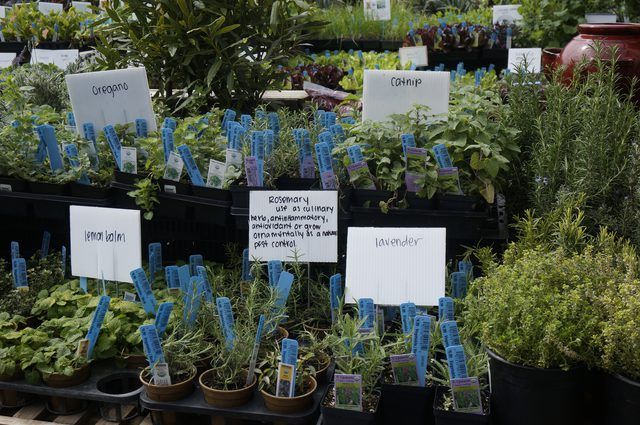
Sunlight and Soil: What's Required
Sunlight is key to a successful herb garden. Most herbs require a full six hours of direct sunshine a day, so that eliminates north-facing windows and a garden corner shaded by a tree. Be sure to check out which spaces in your home or yard get the most sunlight to define the parameters of your herb garden.
Another general requirement for growing herbs is soil that drains well. If you have an area in your backyard with well-draining soil, that's ideal. But drainage can also be created: Use potting soil, or mix sand and organic compost into garden soil, to create a welcoming environment for herbs.
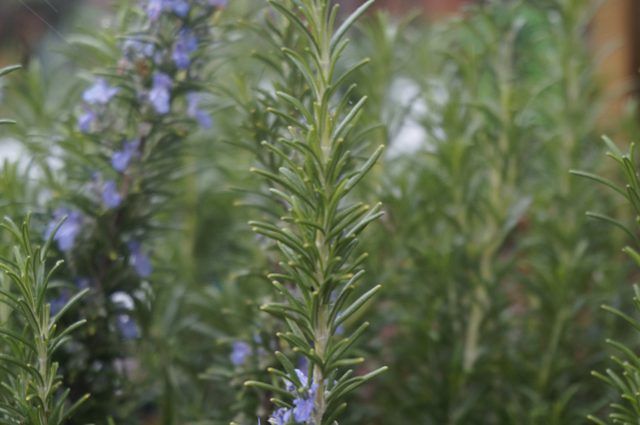
Growing Herbs Indoors: Ideas to Consider
If the only space you have is inside your home, then creativity is your trump card in designing an indoor herb garden. You can acquire pots of similar styles in bright colors, use different shapes of pots in one uniting color, or even upcycle antique jars or tin tea boxes. Plant an herb in each and then line them up along a sunny windowsill.
If you have a kitchen wall that gets sun all afternoon, consider creating a hanging herb garden. Or, achieve the same vertical design (or another unique arrangement) against a sunlit refrigerator with metal containers and strong magnets.
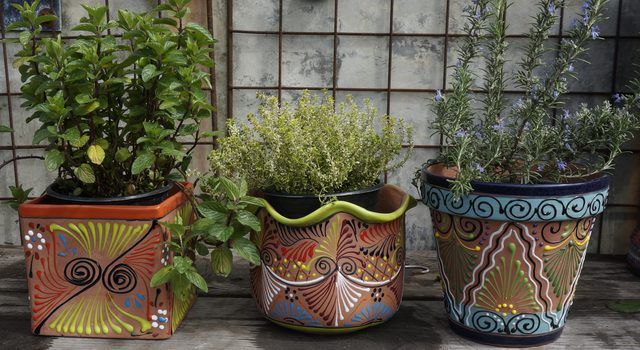
Growing Herbs in Containers: What You Need to Know
If you have a limited section of outdoor space, like a fire escape or a patio, your best bet might be to design an herb garden in a large container -- the bigger, the better. Pick herbs that thrill, spill and fill. The thrill herb can be a substantial bush like borage that grabs attention. Different types of oregano and sage spill gracefully over the edges, while herbs like thyme or silver leafed curry help fill up the pot.
Note: With any design that includes more than one herb in a small space, be sure to pick herbs that have the same sun and water requirements. Don't mix herbs that love dry-soil (like rosemary) with those that need regular moisture (like basil).

Tip
Avoid using herbs that tend to take over a mixed-herb container. This includes most types of mint. These need to be planted alone in a separate container.
Outdoor Herb Garden: How to Make Space
If your backyard has enough sunny space, this is your top choice. You'll be able to grow a whole neighborhood of herbs outdoors, including new, cool cultivars as well as old favorites.
An outdoor setting gives you two design options to choose from: informal (cottage-style) or formal (laid out in bed with structured walkways in between).
Informal Gardens
Informal herb gardens have a certain charm -- mussy, casual and delightful. In these gardens, different types of herbs mix with wild abandon, spilling into each other like flowers in a cottage garden. If you decide to design an informal garden, position taller herbs so they don't overshadow smaller varieties. And, generally, place herbs near others that require the same levels of irrigation.
Don't forget that you'll need to get into the interior of the garden to pick herbs. So even informal gardens need steps to permit easy access.
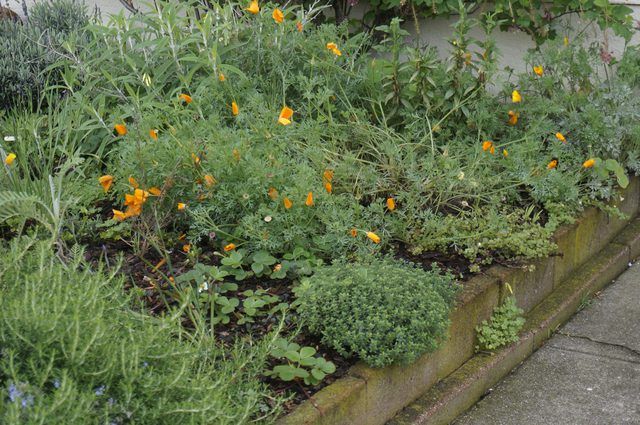
Formal Gardens
Formal herb gardens are the most fun to design but the most work to install. These are the gardens you see in magazine spreads, laid out carefully around a central focal point. Formal gardens have several sections divided from each other by walkways. Often each section of the herb garden has a theme, like Mediterranean herbs, or annuals and perennials.
A popular formal garden design is the traditional monastery-style garden that divides herbs into multiple beds symmetrically around a central point. One simple monastery design would be four square herb beds -- each a yard square -- positioned around a tall perennial herb like fennel or a bay tree. Herbs with similar needs are grouped together, and access is provided by the brick or gravel walkways between the sections.
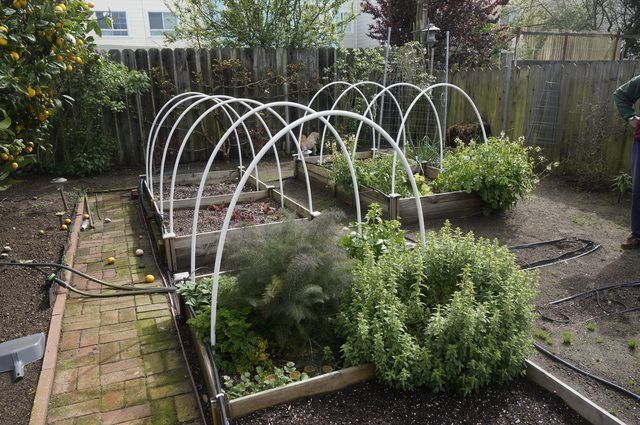
Tip
Before you plant each herb, keep its mature size and its status as a perennial or annual in mind. Group herbs with similar cultural requirements together.
Putting Pencil to Paper: How to Start Designing
You'll want to sketch out a design of your formal garden before you dig in. Here's how to proceed.
Things You'll Need
Graph Paper
Pencil
Eraser
Measuring Tape
Step 1
Measure your garden area. Sketch it on the graph paper, with each grid representing 6 inches. Draw in buildings and landmarks that might create shade like your home, fencing and trees.
Step 2
Design your formal herb garden, keeping each bed no larger than 5 feet across. Design pathways for access, so that no herbs are more than 2 feet from a path.
Step 3
Select the herbs to include in each bed, grouping herbs with similar cultural requirements. Look in the garden supply stores for herbs with unusual forms and textures for your design, and have fun mixing foliage hues and flowers, like borage or nasturtiums. Keep in mind the mature size of each plant and its status as perennials or annuals.
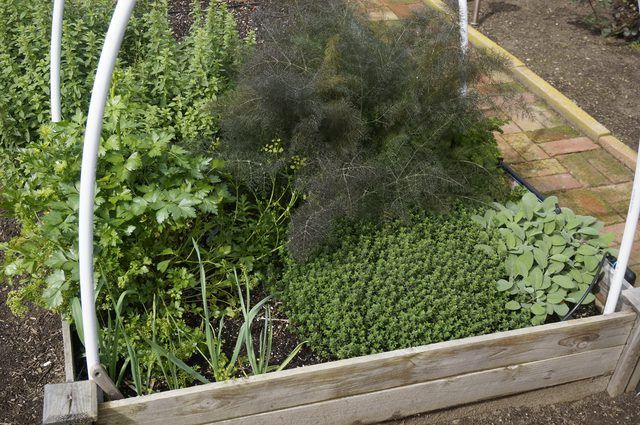
Tip
Expect to plant 10 plants per square yard, or one plant per square foot, to allow plenty of room for the herbs to grow.